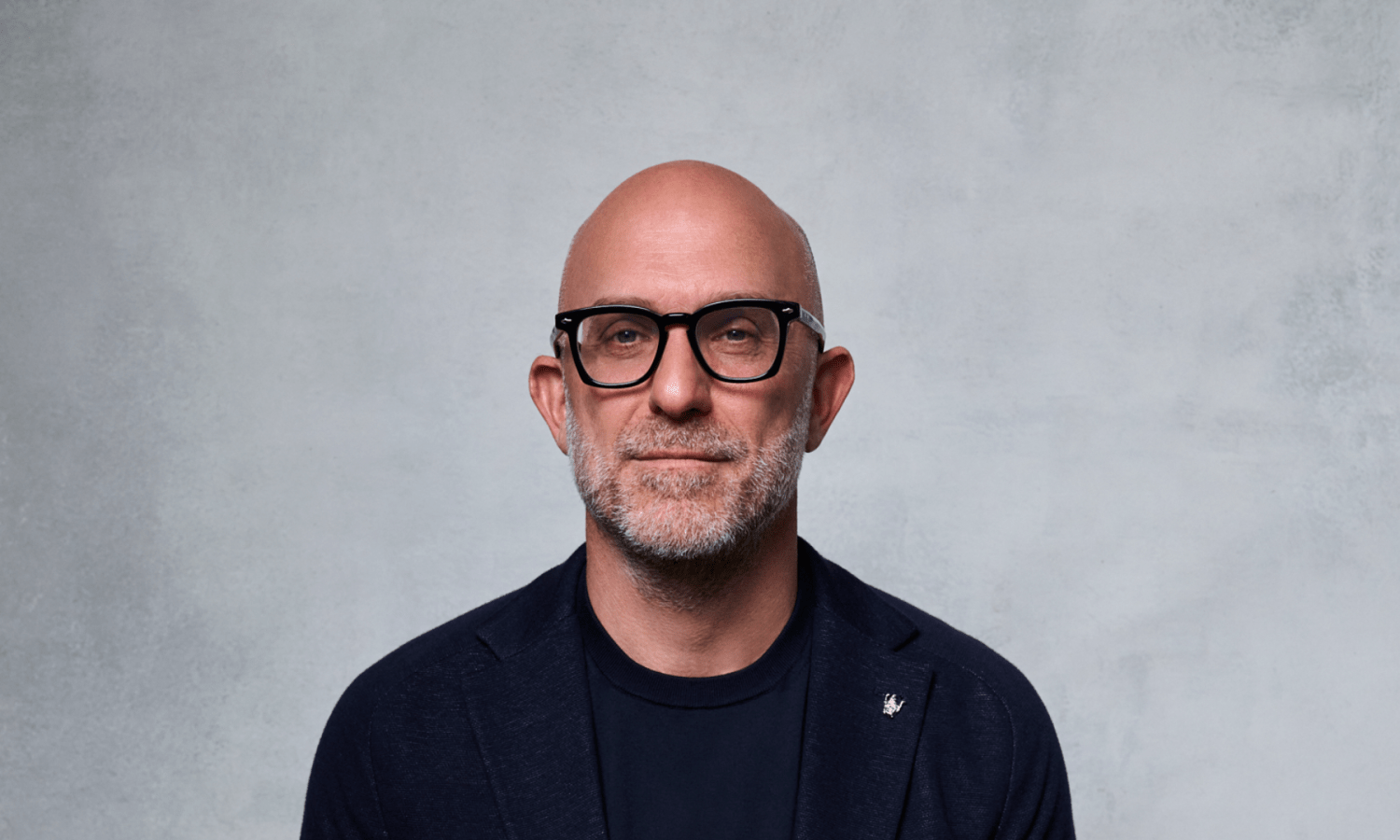What will the world look like in 10 years? It’s a question easier asked than answered – especially given how different it looks from five years ago, never mind 10.
This story was featured in Issue 16 of Forbes Australia. Tap here to secure your copy.

Narrowing it down to industries makes it a little easier: looking at the sectors that will define the next decade? AI, quantum, electric vehicles, batteries, robotics – governments and investors across the world are scrambling to decide where to place their bets, whether it’s developing AI and data centre strategies or building quantum computers.
Predicting the future has always been a tough gig, except for those rare individuals who make it their business to see around corners. They don’t just predict what’s coming – they build companies, invest, and create worlds to adapt and cater for it.
And that’s what innovation really is: creating products, companies, even industries for a world that doesn’t yet exist. This issue of Forbes Australia is packed with people who do exactly that.
Take our cover subject, Robin Khuda. He shot to tech fame last year when he inked one of the largest private equity buyouts in Australian history. Khuda saw what many people missed: the world’s hunger for data was about to explode, and the existing infrastructure wasn’t built to handle it. As more of our lives moved into the cloud, he bet everything on hyperscale data centres – the digital age’s power plants, the highways carrying the world’s exploding demand for AI, streaming, e-commerce and everything in between.
At the time, few understood what he was building, so getting investment was tough. But Khuda doubled down, ploughing in his own savings – even his superannuation – on a belief which the market hadn’t yet grasped. “I was desperate. You have to keep going,” he told Mark Whittaker. What followed is the story of a little-known immigrant founder with a knack for convincing others to share his vision. From the brink of bankruptcy, he dug himself out to sell AirTrunk to Blackstone for $24 billion. Now he’s chasing a $100 billion future.
Khuda’s story is a classic example of entrepreneurship: part vision, part determination, and part sheer refusal to quit. But it also says something larger about where Australia is right now. To dominate in AI, you also need to lead in the infrastructure that underpins it – data centres, batteries, energy. That’s what Khuda saw, and that’s what he built.
It’s a topic we’ll be watching closely and spotlighting the individuals leading the charge.
Also in this issue is Bill Tai, the “kitesurfing VC” who spotted Canva’s Melanie Perkins before the rest of the world. He also wrote an early cheque for Zoom and backed homegrown SafetyCulture. Today, his focus is on green energy, AI health, and the creator economy. He shares the areas he’s focused on for the future, but what ties it all together is his belief in a decentralised future – where power, energy, and opportunity are spread across millions of individuals rather than concentrated in a few hands.
We’re also big fans of the creator economy here at Forbes. Our second annual 30 Under 30 issue, out in December, will showcase the young people building their futures on their phones and shaping the world in the process.
And you’ll see many of the names in this issue on stage at the Forbes Business Summit on November 13. Robin Khuda will be there. So will Richard Weinberg, Scott Farquhar, Bruna Papandrea, Steve Baxter, Swati Dave, Laura Henshaw and many more.
Hope you enjoy the issue. As always, your feedback, thoughts and ideas are always welcome.
This story was featured in Issue 16 of Forbes Australia. Tap here to secure your copy.
Look back on the week that was with hand-picked articles from Australia and around the world. Sign up to the Forbes Australia newsletter here or become a member here.



